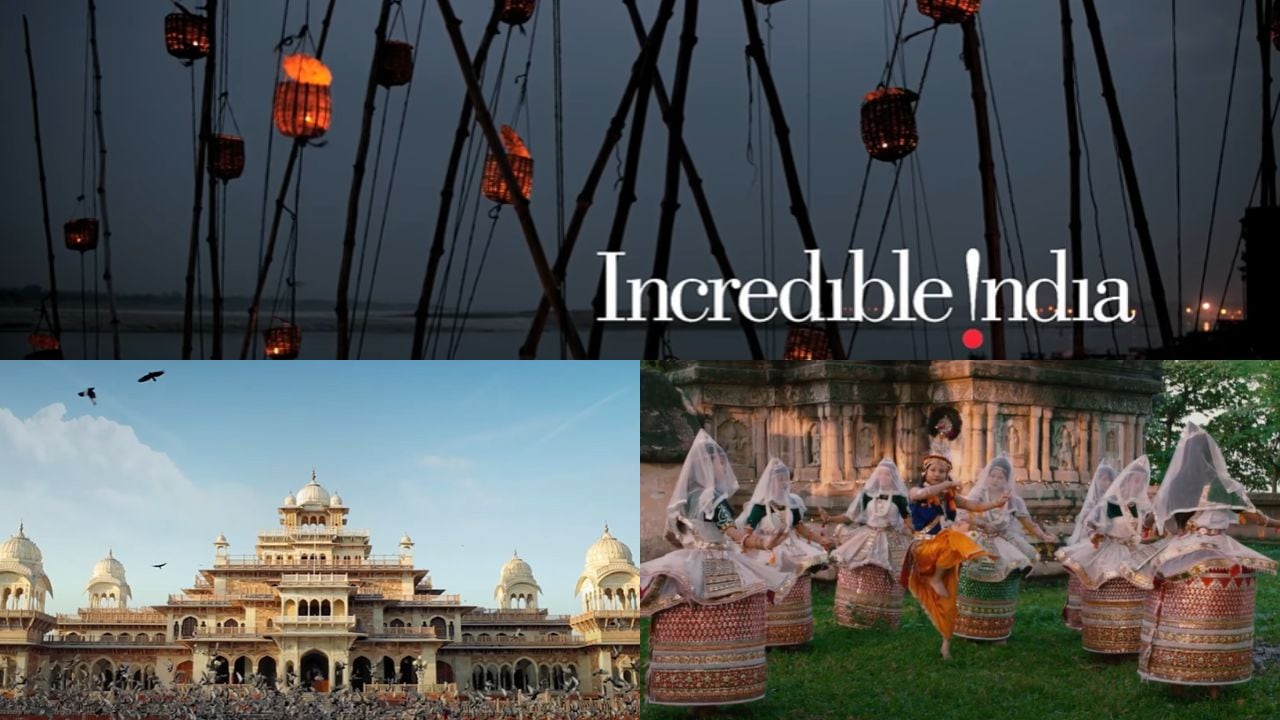Rugged peaks of snow-capped mountains, beautiful valleys, undulating rivers, vibrant forests teaming with wildlife, sun-kissed coasts, spectacular monuments, delicious food, and vibrant culture: India, an ancient land, has much to offer travellers. Whether they look to expand their horizons beyond or wish to look within to find themselves, India has it all.
The brief
The global tourism scenario took a hit as a result of 9/11 and its aftermath. The international tourism industry was largely stagnating, and India was no exception. India, as a tourist destination, had much to offer. But how could a country showcase itself given its size, diverse natural landscape, and unique cultural features? A specific strategy was necessary to boost tourism.
The tourism department put Amitabh Kant on the task of turning the fortunes of the Indian tourism industry around. The advertising agencies had a simple brief: promote India to international travellers, especially the high-end ones.
The concept and its execution
Ogilvy & Mather developed a novel presentation. A drawing by V. Sunil showed the word “India” with an exclamation mark for the first “I”. It was a visual trick that worked well. India was like the exclamation mark, and Sri Lanka was like the dot. Also, the word “Incredible” did deserve an exclamation!
So the concept of “Incredible India” was created. It was a series of advertisements, in print and on television. In the eye-catching print advertisement, the exclamation mark became the Taj Mahal minaret reflected in water along with the dot-like moon. In another, it became the black vertical stripe of a tiger, and in yet another, a woman stood in a desert with a pot.
One television commercial showed the mosaic that is India, juxtaposing the desert of Rajasthan with the cold desert of Leh or Ladakh. People were shown doing dance, yoga, and playing traditional musical instruments from various regions of the country. Each scene was captivating and ended with the majestic Taj Mahal and a person in a yoga pose. There was a bright colour, splendour and uniqueness of experience on offer for the international traveller.
In yet another television commercial, a foreign traveller (a racetrack enthusiast) reconnected with himself through yoga and spectacular rides and walks in the foothills and snowy slopes of the Himalayas. Ending with the lines, “Find the incredible you”. It is the kind of journey a person takes within themselves.
The campaign to promote Indian tourism is a great example of experiential marketing.
The holistic approach
The Incredible India campaign was successful and has remained so since its launch. The Indian states and union territories were included in the programme, so that they promoted their region and culture, all under the aegis of this programme. For example, the state of Madhya Pradesh presented itself as the “Heart of Incredible India”.
This comprehensive approach has helped the Indian tourism industry and has presented a cohesive face to tourism promotion. Efforts have been made for the inclusive development of tourism by all stakeholders starting from the local community.
The Incredible India website has given a fillip to tourism promotion, with its easy-to-navigate site, relevant information and captivating images. A mobile application has followed too. All these collective efforts have resulted in the growth of foreign as well as domestic tourism in India.
The Ministry of Tourism has unveiled “Visit India Year 2023”. “Incredible India 2.0” was also launched to make targeted promotions globally with television commercials, and increased digital presence. For all who wish to visit, “Incredible India” will truly enthral.
Subodh Tagare is an associate professor at IMT Nagpur, where he teaches courses on marketing. Prior to IMT, Subodh was the marketing director at American Power Conversion/ Schneider Electric for South Asia.
S Vejay Anand is the chief executive officer of Ironhill Brewery. He has also been an entrepreneur in the food and pet care spaces. Earlier he was president at Coffee Day and COO at USPL.
